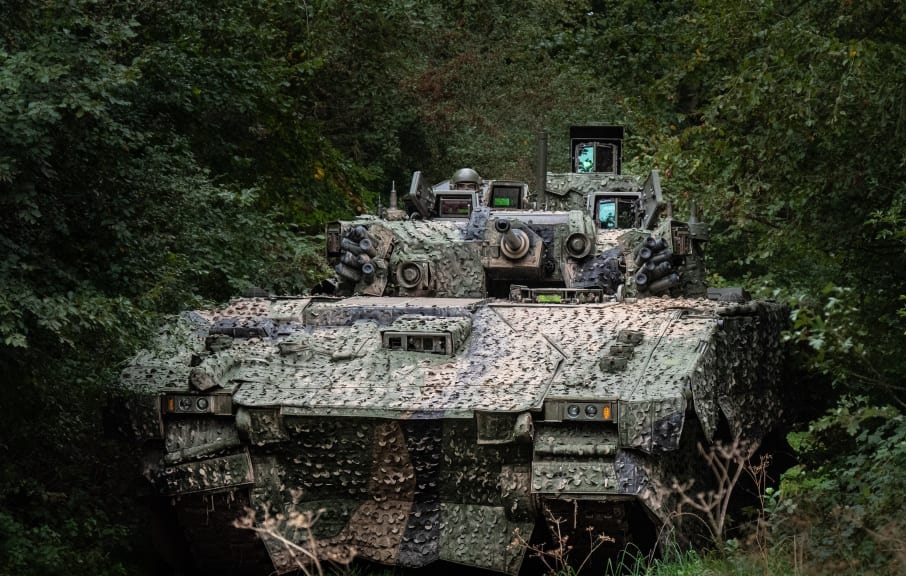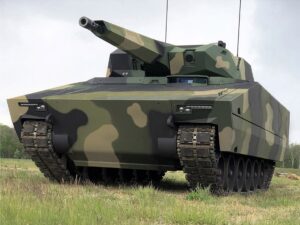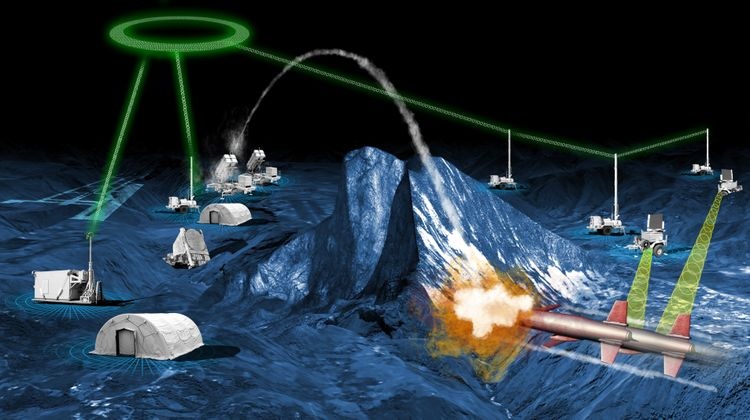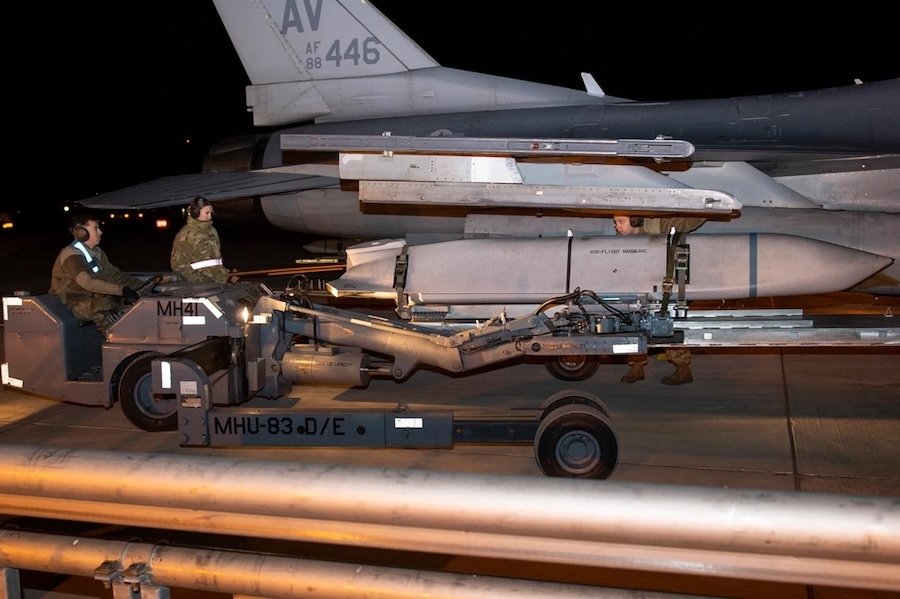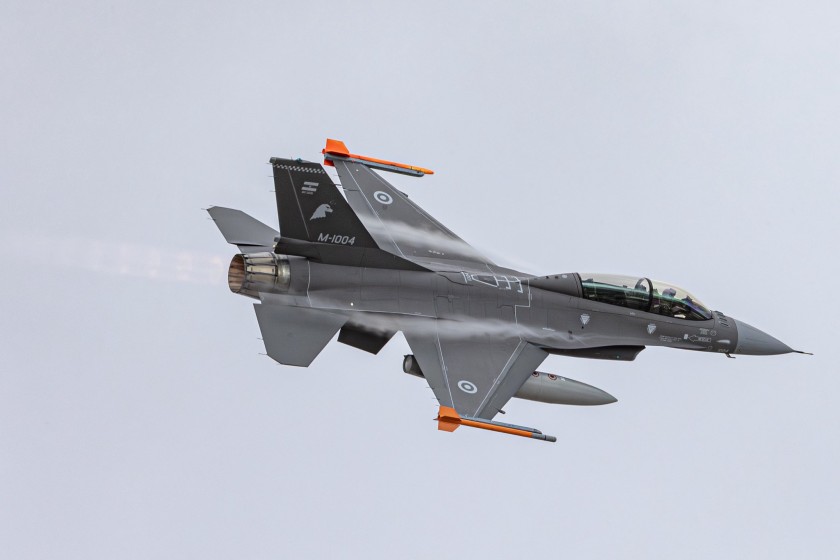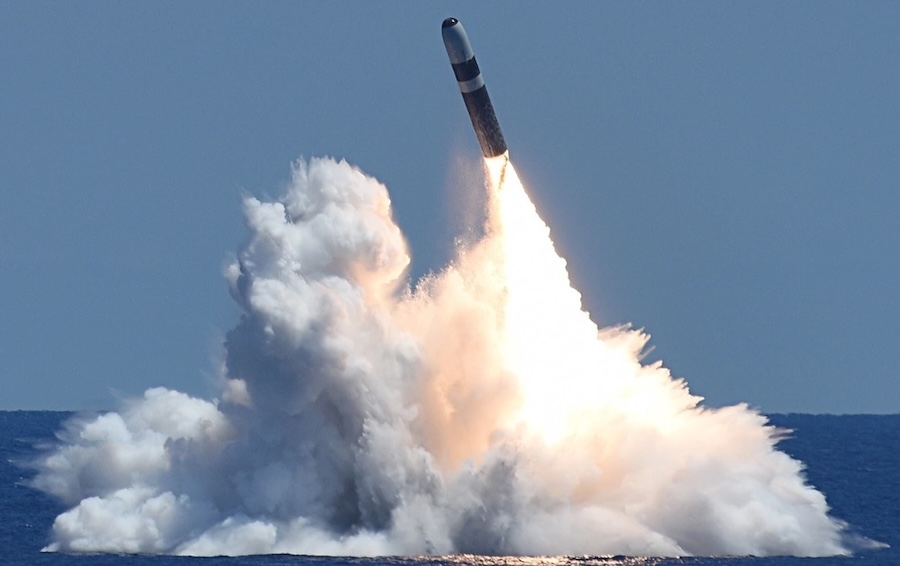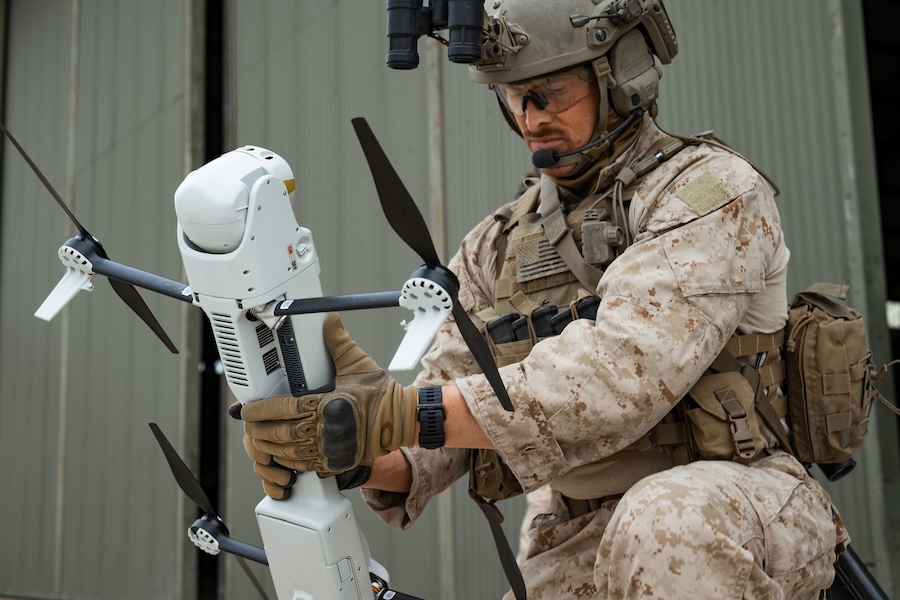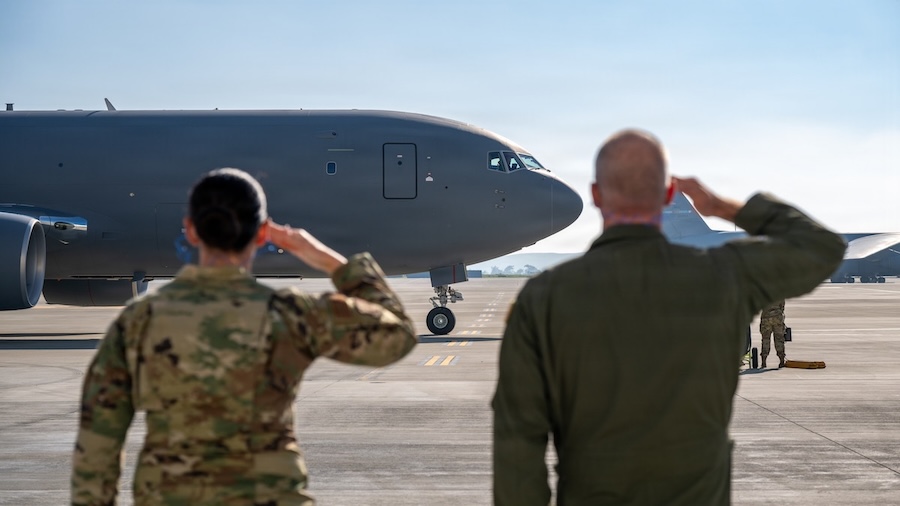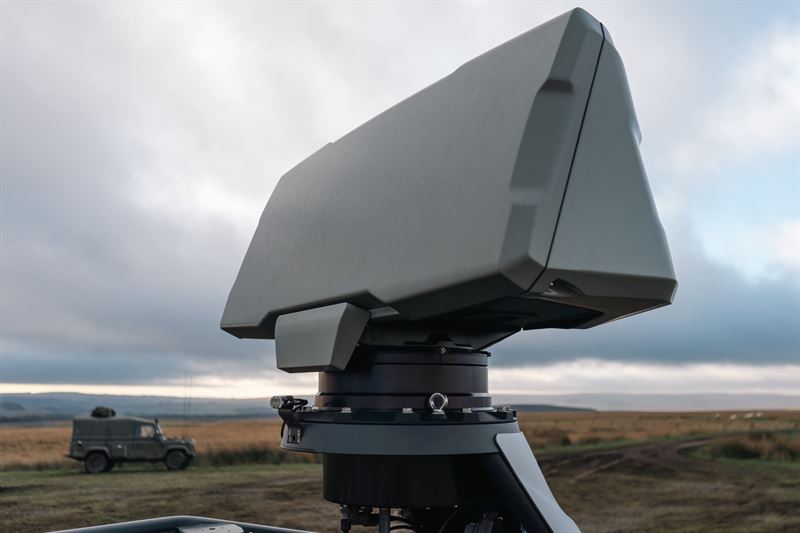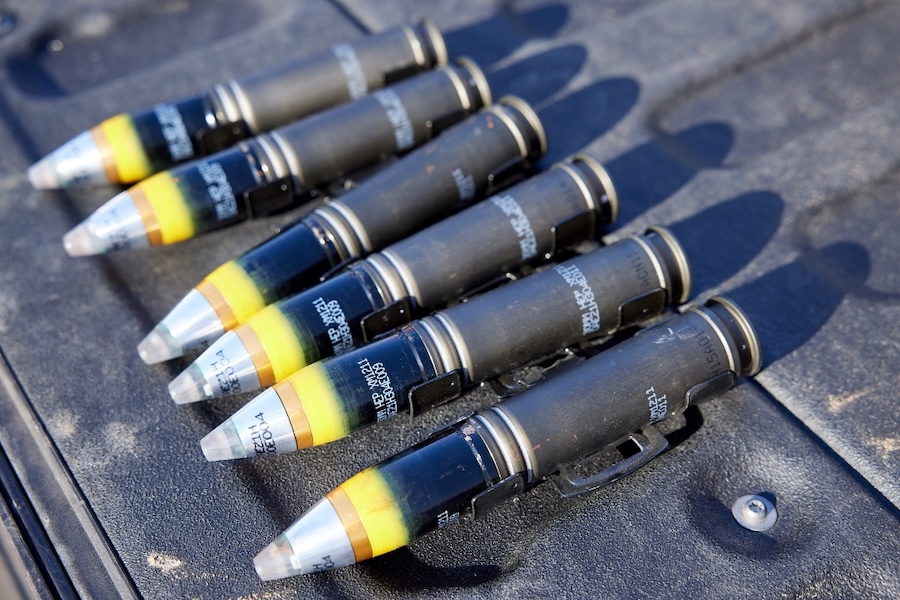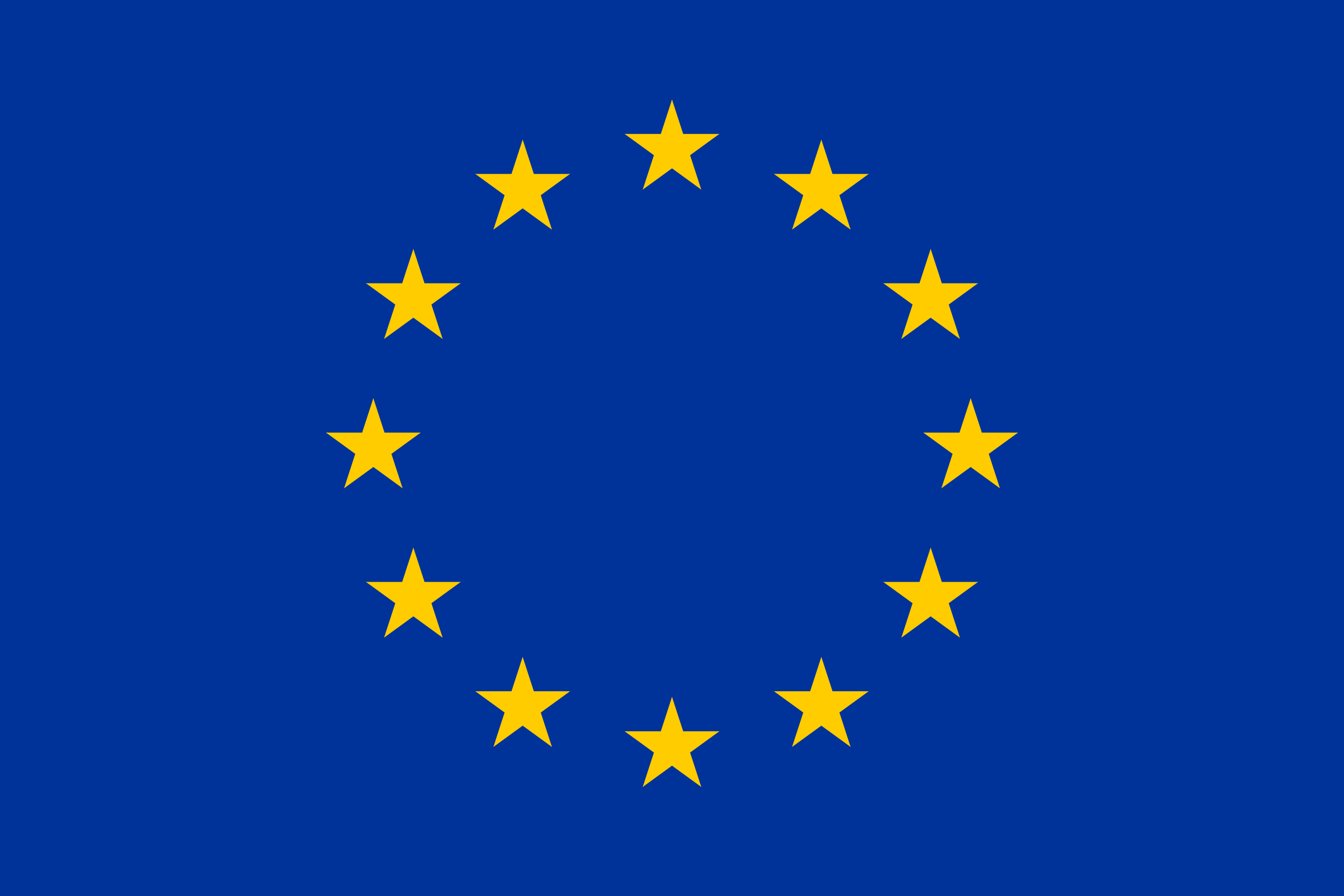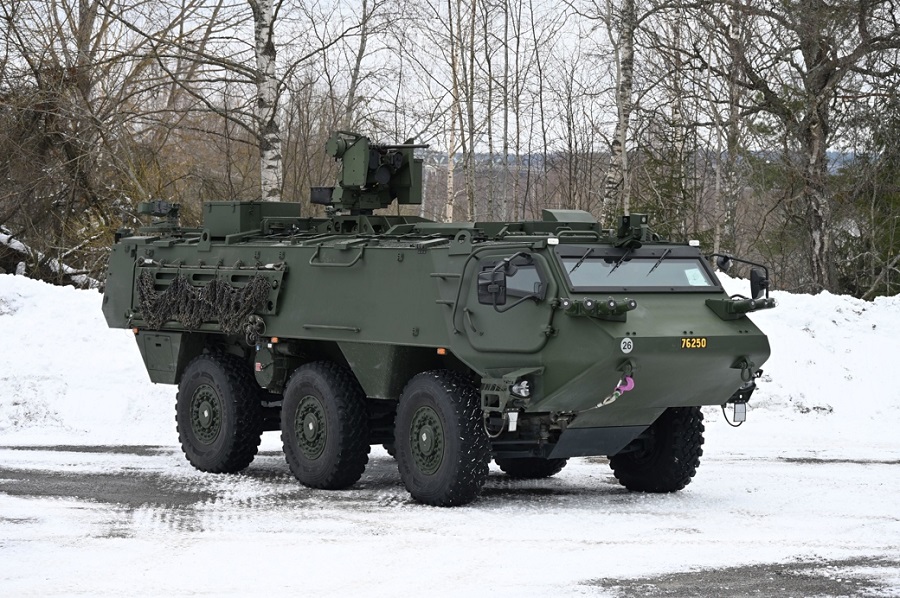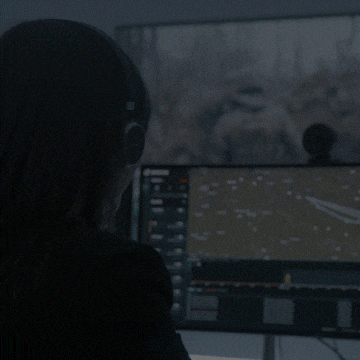Propelling the market are lessons learned in Ukraine and the Middle East, where armed drones and advanced sensors pose a constant threat, demanding new ways to conceal military assets from attack. Multispectral camouflage, which ranges from large nets to stick-on sheets, shields assets from detection by sensors operating across the electromagnetic spectrum, such as night-vision cameras that detect heat.
“Never has combat’s ‘hider-versus-finder’ competition been more complex, or important,” said Mark Sauter, Pickwick Managing Director and author of the report. Sauter has co-authored widely-cited market reports and Homeland Security: A Complete Guide, McGraw Hills’s leading university textbook. He served as an Army infantry and Special Forces officer. “The growing importance of battlefield concealment is generating increased demand for advanced camouflage by the U.S., European and other allied militaries as they increase defense spending due to recent geopolitical events. This includes threats from the People’s Republic of China, which wields a massive UAV (Unmanned Aerial Vehicle, or drone) force and powerful range of battlefield sensors.”
Companies serving the market include the largest pure-play providers, Fibrotex USA and Saab Barracuda; smaller suppliers of emerging solutions, such as Ametrine, ArmorWorks and DECPT; and major prime contractors such as BAE Systems and Rheinmetall, now developing advanced camouflage solutions.
The report details the history of multispectral camouflage, current products, market drivers, government R&D and procurement spending and noteworthy companies in the industry. It also suggests investment and M&A activity in the sector may increase if it follows previous defense technology cycles, from innovation to capital investment and consolidation.
Source: Pickwick Capital Partners.



